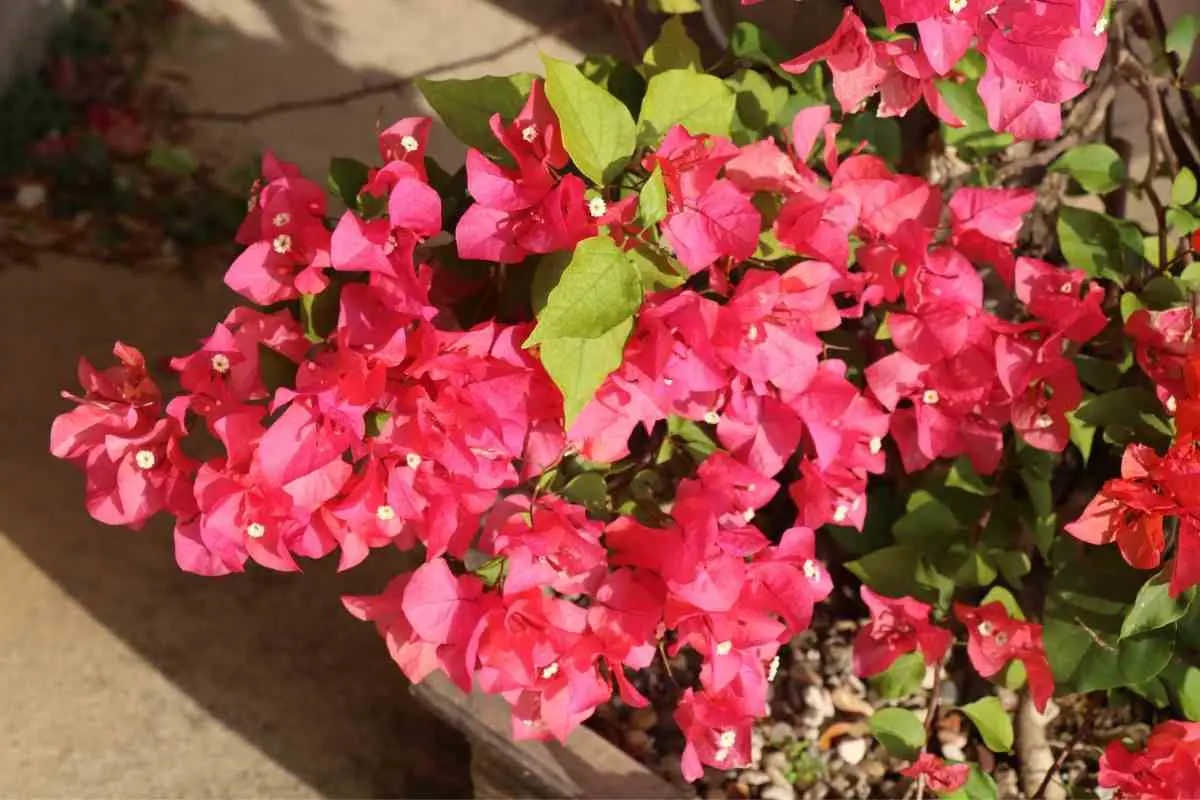Bougainvillea glabra, also known as paper flower plant or simply bougainvillea, is a tropical flowering plant that is native to South America.
This hardy shrub can be grown outdoors in USDA zones 9 through 11 and makes an excellent addition to any garden.
Paper flower plants are known for their brightly colored flowers, which can vary in color from white to pink to purple.
In This Guide – We will discuss the care and cultivation of Bougainvillea glabra so that you can have beautiful blooms in your own garden.
Plant overview
Bougainvillea glabra is a woody, evergreen shrub that can grow up to 15 feet tall in the right conditions.
It has dark green leaves and thorny stems.
The plant produces clusters of small, white flowers that are surrounded by three large bracts, which are modified leaves, that can be any color from pink to purple.
The bracts are what give the plant its distinctive coloration and they will bloom continuously from spring through fall.
In colder climates, Bougainvillea glabra can be grown as an annual or houseplant.
What it looks like
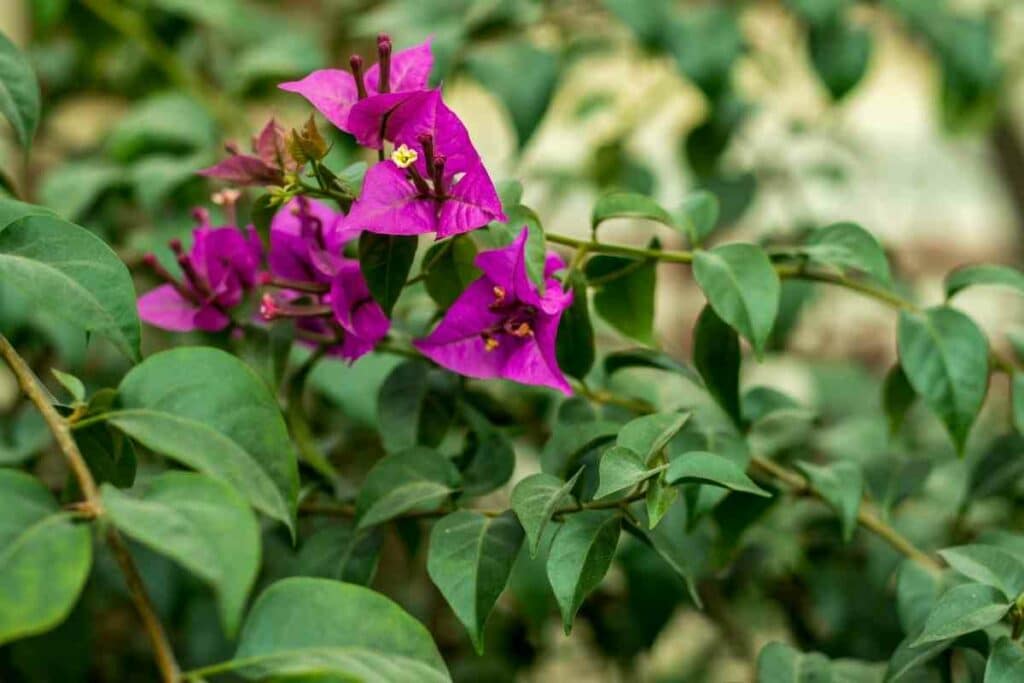
A native of Brazil, Bougainvillea glabra is a woody, evergreen vine that can grow up to 30 feet (9 meters) in length.
It has glossy, dark green leaves and clusters of small, white flowers surrounded by colorful bracts.
The bracts are typically pink, but they can also be white, purple, or red.
Bracts are modified leaves.
From a Distance – They look a lot like petals, but they’re actually leaflike structures that protect the flowers.
The bracts of bougainvillea glabra are especially showy, and they bloom continuously from spring through fall.
In colder climates, the plant can be grown as an annual or houseplant.
While the plant is considered a vine, it often acts as a shrub. It has a fast growth rate and can quickly cover an area if left unchecked.
Best Growing Zones for Paper Flower Plant
Paper flowers grow best in USDA hardiness zones 9 through 11.
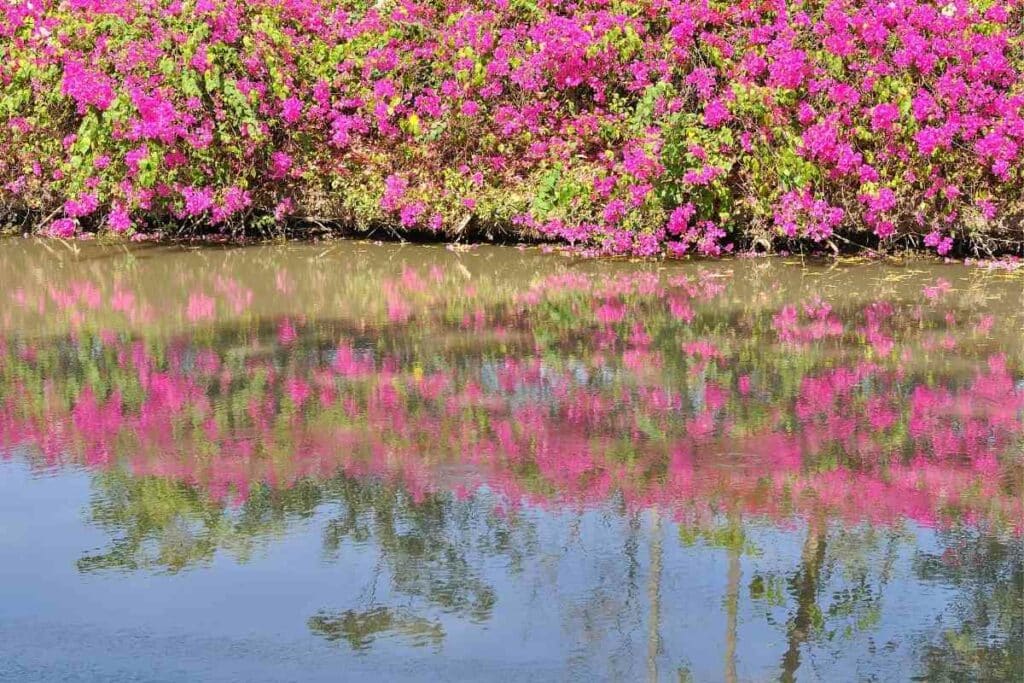
In these zones, the plant will be evergreen and can reach its full height potential.
If you live in a colder climate, you can still grow paper flowers, but they will need to be brought indoors or treated as an annual.
When growing paper flowers in pots, you will need to choose a pot that is at least 18 inches wide and has drainage holes.
The plant has a shallow root system, so it doesn’t need a deep pot.
Different types of Paper Flower Plant
There are a few different types of paper flower plants.
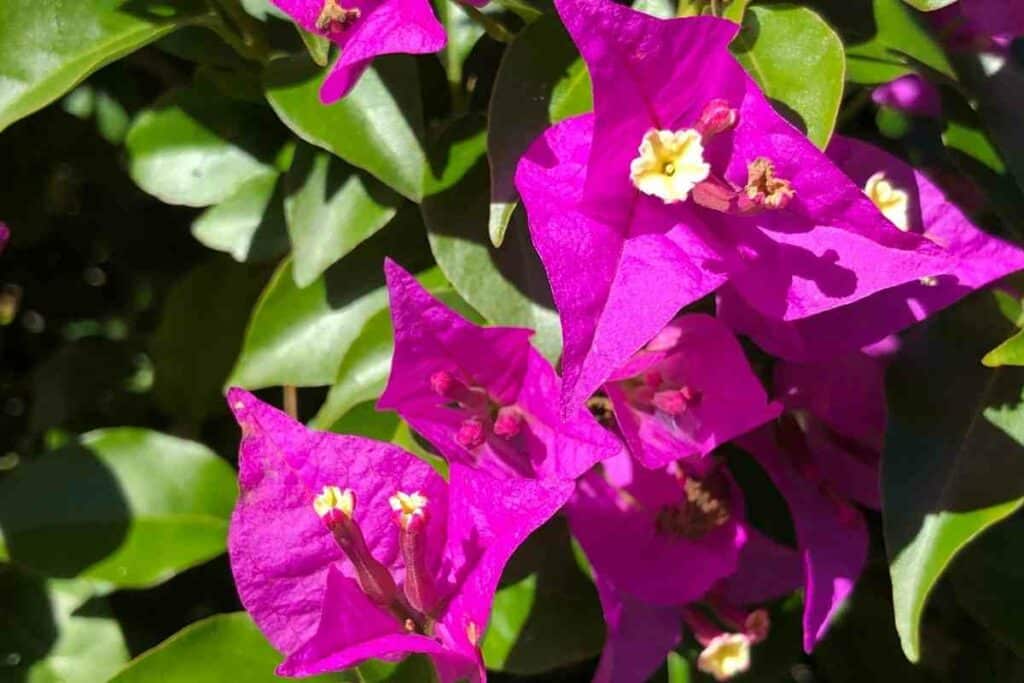
- Barbara Karst: These flowers typically form in clusters, and they usually bloom early in the season. As a result, Barbara Karst flowers are often used in containers or overwintering indoors.
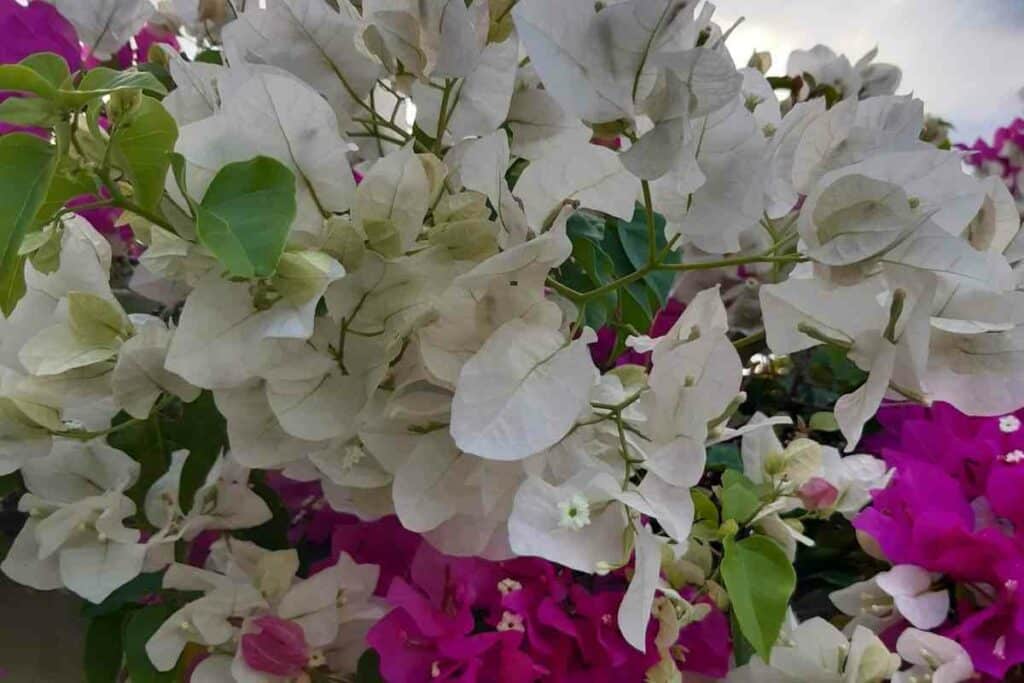
- Jamaica White: The Jamaica White is a small evergreen shrub that blooms early in the season. The flowers are pure white and have a delicate, sweet scent. The blooms are borne in clusters at the tips of the branches and last for several weeks. The Jamaica white is native to the Caribbean Islands and grows best in full sun. It is drought-tolerant and does not require much care once established.
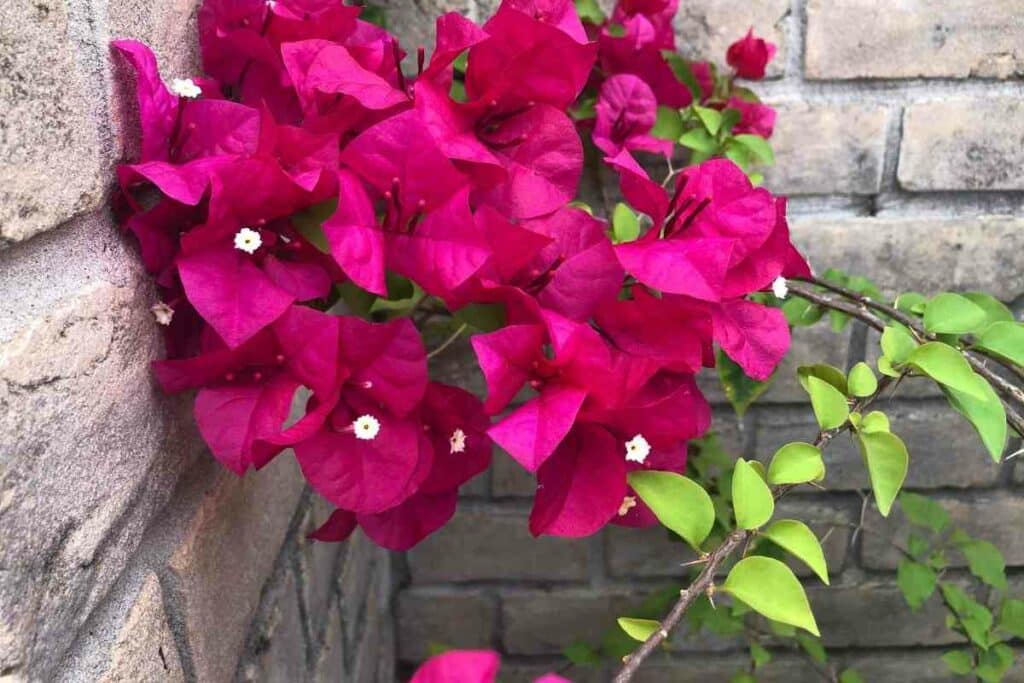
- Juanita Hatten: Juanita Hatten plants have bright pink flowers and green foliage with gold splatters. The blooms are large and showy, and the plant is relatively easy to care for. These flowers are native to Mexico, and they make a great choice for gardens in warm climates. The Juanita Hatten flowers prefer full sun and well-drained soil. They are also fairly drought-tolerant, making them a low-maintenance option for busy gardeners. With proper care, these flowers will bloom from spring to fall, adding color and beauty to your garden for months at a time.
- Surprise: The Surprise paper flower is a beautiful bi-color blossom that is pink and white. This flower is well known for its abundance of blossoms. The Surprise paper flower is a great addition to any garden and is sure to add a pop of color. This flower is easy to care for and requires minimal maintenance.
Is Paper Flower Plant Poisonous?
When you bring a plant into your home or your backyard, you should know whether you should exercise caution around it or not.
Young kids and pets may eat the leaves or flowers of any plant you bring home, but luckily the paper flower plant is not toxic or poisonous.
There is, however, the risk of puncture marks from the thorns.
If kids grab the stems or pets stand on the plant, the thorns can puncture the skin. If left untreated this could cause an infection.
Planting and Dirt
Now that you know about the paper flower plant, it’s time to learn how you can grow them.

The first thing you will want to look for is the perfect spot to plant them. You can plant them directly outside if you live in any USDA zones 9-11.
Consider the look you want your paper flower plant to have:
- Do you want it climbing up an arch or a pergola?
- Or would you prefer to keep it smaller and look more like a shrub?
If you give your paper flower plant something to climb, it will reach heights up to 40 feet high!
Wherever you choose, make sure the spot has full sun for at least 5 hours a day, and that the soil has good drainage.
If you know your soil doesn’t have good drainage, you can always add perlite or sand and mix it thoroughly into the top 6-12 inches of your garden.
Paper Flower Plants also prefer slightly acidic soil with a pH of 6-6.5.
If you don’t have the resources to test the pH of the soil, don’t worry. This is mostly a preference for the flowers and they will still continue to grow in less acidic soil.
Care
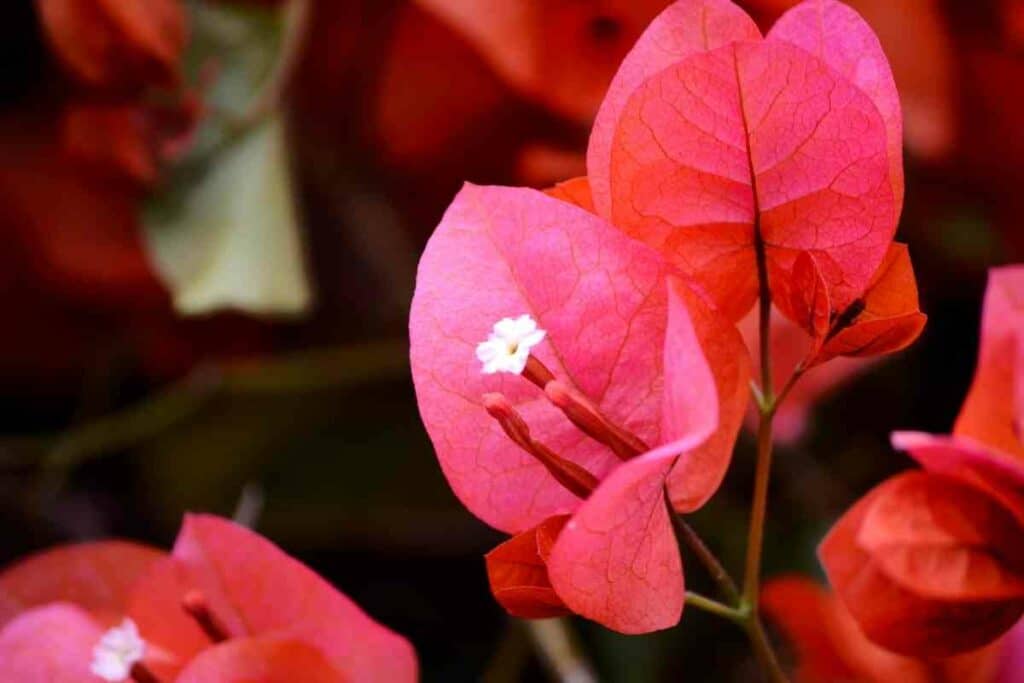
You now have your paper flower plant in your garden, but how do you care for it?
Do they need any special attention?
Water
The worst thing you can do for your paper flower plant is overwater it.
To water these plants, let them fully dry in between waterings and then give them a good soak.
If you are using the right soil, a good watering will dampen the soil, but continue draining so the roots aren’t sitting in a pool of water.
Sunlight
As mentioned before, these plants need at least 5 hours of sunlight to really thrive.
If they are getting less than that, you will notice the leaves start to yellow and the plant becomes overall less healthy-looking.
If you are growing your paper flower plant inside and you can’t provide 5 hours of sunlight, you can supplement with a good quality grow light.
Fertilizer
Fertilizer is an important part of keeping paper flower plants healthy and strong.
A 10-10-10 fertilizer should be applied once every two months from the beginning of summer to late fall.
This will ensure that the plants have the nutrients they need to thrive.
If you already have plenty of organic material in the soil, you can reduce the number of times you fertilize your paper flower plant, or even skip it entirely if your plant is doing fine without it.
Pruning
Pruning is important for two reasons.
The first is to help the plant focus its energy on growing flowers instead of leaves. The second reason is to keep the plant from getting too big for its space.
To Do This – Wait until the plant is done blooming and then cut back about a third of the overall plant. This will help keep it a manageable size and encourage more flowers.
Can You Harvest Seeds
You can harvest seeds from paper flower plants, and you can use those seeds to grow new plants with a few extra steps.
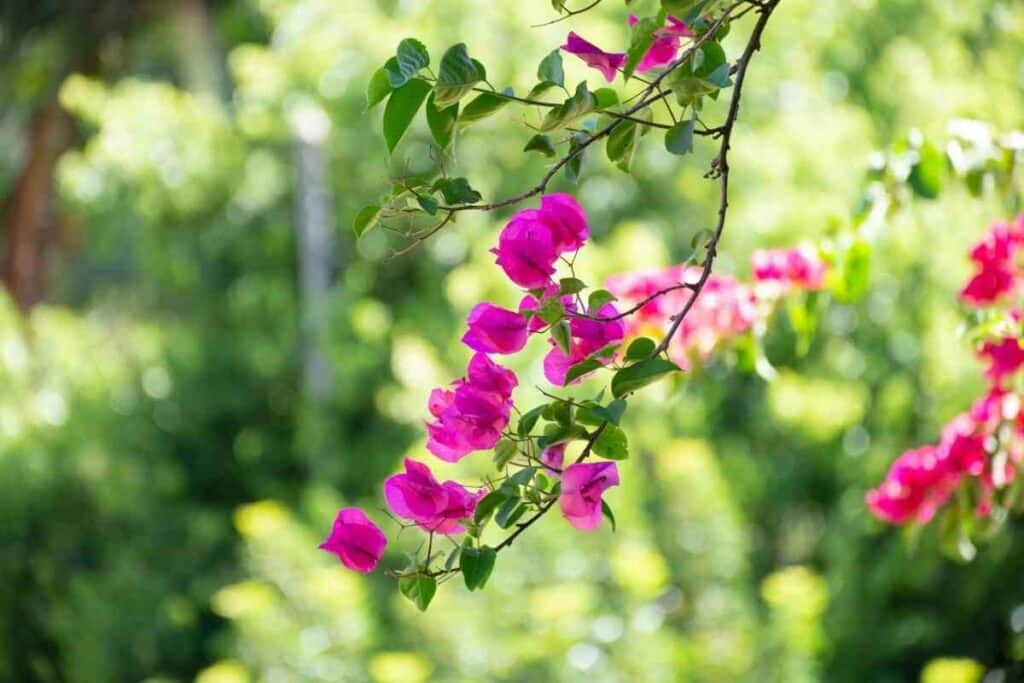
Not every paper flower plant will produce seeds there are very few that will.
The varieties of plants that will seed are:
- Chitra
- Formosa
- Glabra
- Refulgence
The best time to harvest the seeds is when the flowers begin to dry out.
When the flowers wilt and turn brown, you’ll be able to see the seeds in the bracts, and the leaves that look like petals.
When you have harvested the seeds, place them in a container with a paper towel for a few days until they sprout.
During this stage, keep the paper towel damp and add magnesium sulfate to help the germination process.
Once the seeds have sprouted, transfer them to a seed tray.
The seed tray should be filled with a soil mixture that contains 50% vermicompost, 30% soil, and 20% sand.
After about three months, or when the plants are 12 inches tall, you can plant them in a larger pot, or plant them in your garden.
Harvesting seeds and planting them can take much longer than buying plants from a garden center, but it will be worth the effort when you can tell your friends you grew the beautiful flowers from seeds.
Solving Common Problems with Paper Flower Plants
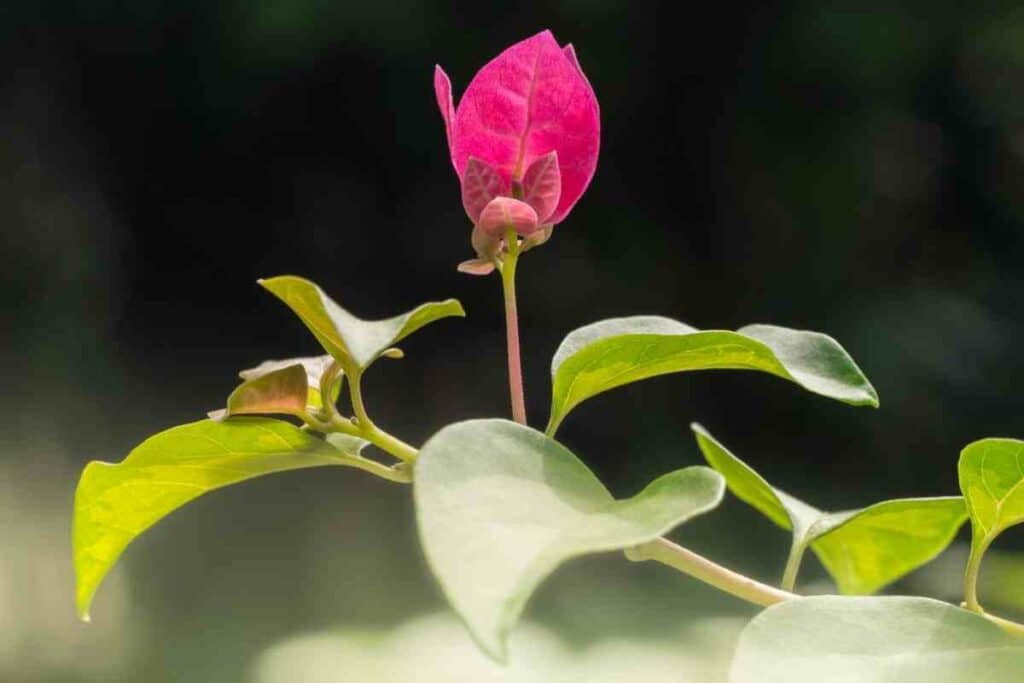
When a plant starts dying, or when bugs and pests start appearing it could seem like there’s nothing you can do.
These tips will help you save your paper flower plants.
Plant Damage
- Curling Leaves: If the colorful leaves of your paper flower plant start to curl, it is time to check the quality of the soil. If your soil has too much clay content, it will hold onto too much water and can cause root damage. If the soil is to blame, transplant your paper flower plant into a different area, into a pot, or remedy the soil by adding organic matter, sand, vermiculite, perlite, or peat.
- Losing Leaves: There are many reasons why your paper flower plant might drop its leaves. Your plant could be too cold, there might not be enough sunlight, or it could be a sign of overwatering. If try transplanting your paper flower plant into a pot and bringing it inside, or moving it away from a vent if it’s already inside. If you’re sure that you aren’t overwatering your paper flower plant, then it could be that the plant isn’t getting enough sunlight. Try moving your plant a little closer to a window or sliding glass door.
- Yellowing Leaves: The leaves of the paper flower plant can turn yellow for several reasons. It could be changes in the weather, not enough water or sunlight, or it could be that the plant isn’t getting enough nutrients. It will be easiest to check the weather and dampness of the soil first. If you know that the weather is colder than usual, or if you have your paper flower plant close to an air conditioner or fan, move your plant somewhere warmer. If the soil is bone dry, give it a good watering. If neither of those are the issue, it is time to fertilize your paper flower plant.
Pests
When you plant your paper flower plant in an outside garden, the risk of pests making a meal of your plant is much higher than when you put a potted plant in your home.
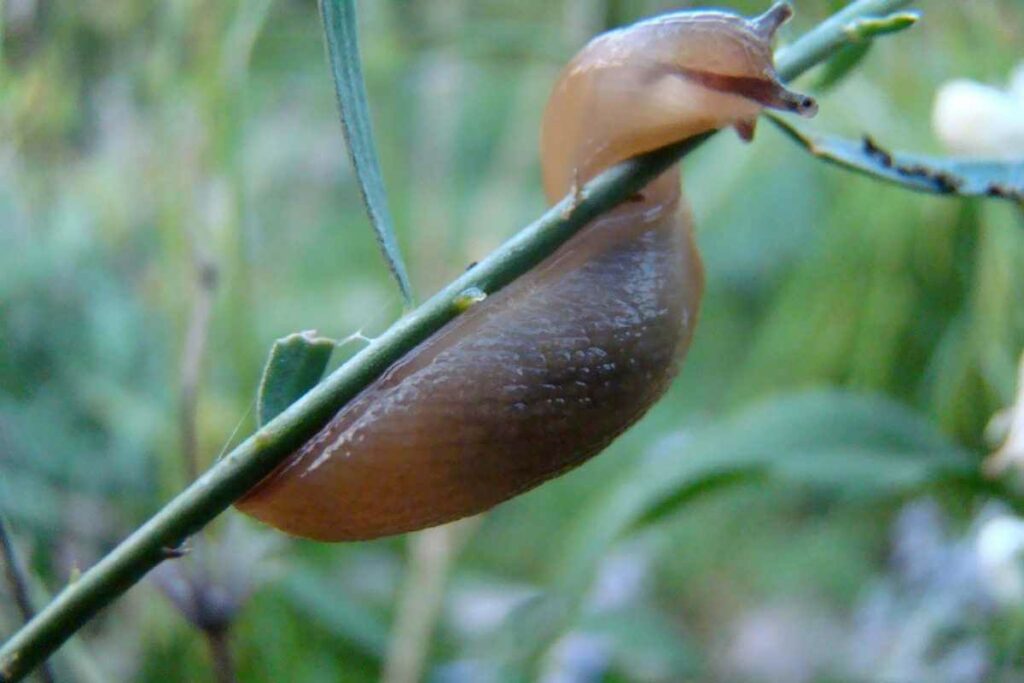
Paper flower plants in particular make a great meal and home for:
- aphids
- beetles
- slugs
- snails
- and spider mites
If you notice holes in the leaves it is time to take action to remove them.
Removing Pests is a 3 step process.
- Remove the pests. You can do this by hand, or you can use your hose and a high-pressure setting to wash them away.
- Kill the eggs or any leftover pests. Insecticidal soap is a low-toxic way to remove them. The toxicity is so low on insecticidal soaps that will kill the pests and their eggs, but doesn’t harm the plant and is still safe for pets and children to be around.
- Preventing further infestations is the last step. This is a step that should be done all the time. Don’t over-fertilize your plants, monitor your plants closely, and occasionally spraying your plants with diluted dish soap will help prevent pests.
Final Thoughts
If you’re looking for a beautiful and low-maintenance addition to your yard, paper flowers may be the perfect option for you.
With some sunlight, well-draining soil, and just a little bit of fertilizer, these flowers can take over archways or grow as shrubs.
Plus, they make great indoor plants too, which means it doesn’t matter where you live, you can still enjoy these flowering plants.
